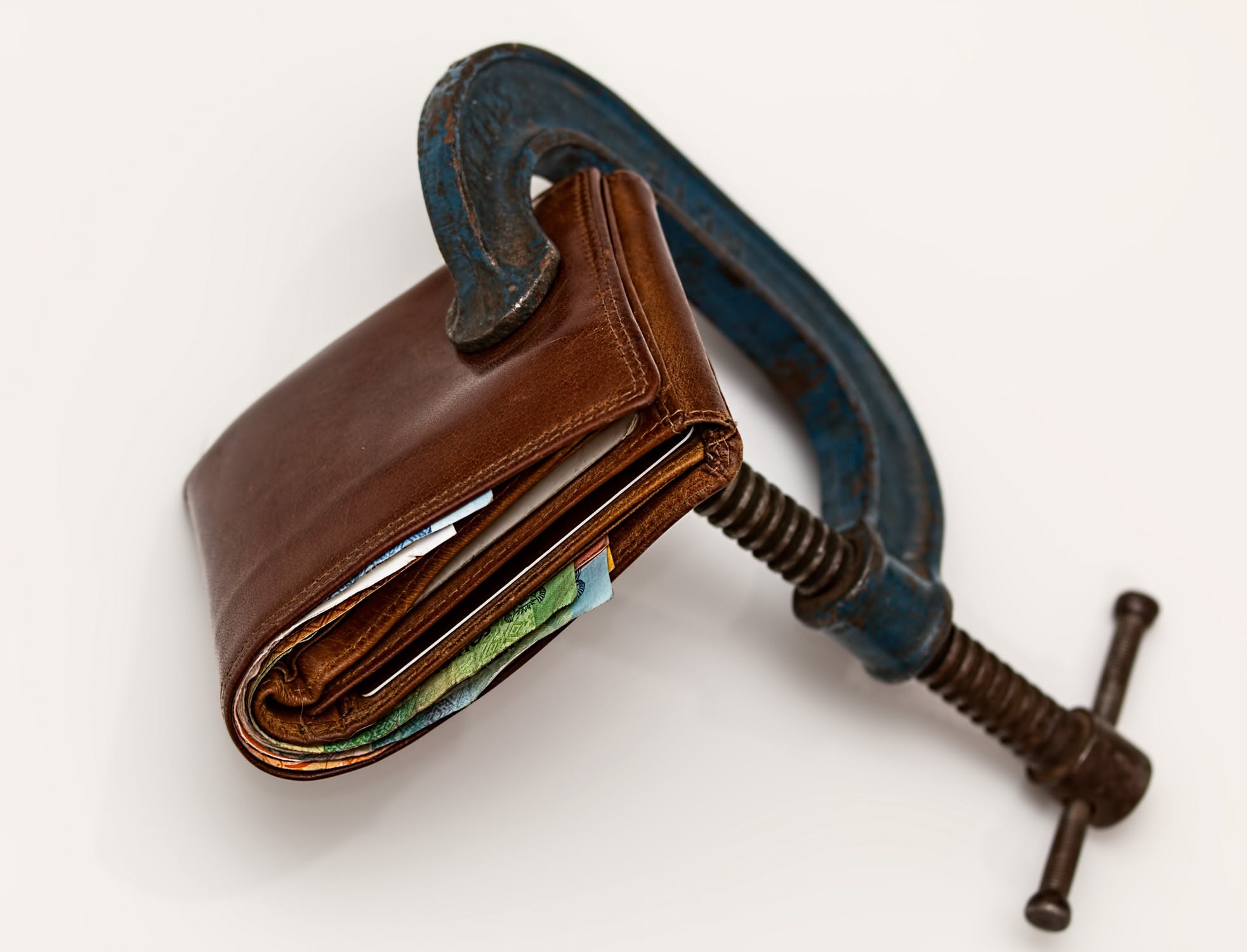Thanks to the rise of the mobile device, digital wallets enabling purchases either in-store, online or in-app account for various advances in the field. What have changed mobile wallets in the world of payment processing? Are you a high risk merchant? Are you interested in high risk merchant accounts? How can you obtain one easily? This article will give answers to your questions.
Payment Processing: High Risk Merchant Accounts
There’s an expansion and consolidation in the payment industry and an entrenched legacy payments system in the US. As a result, you can find a lower adoption of digital wallets in the country as compared to the rest of the world.
However, mobile transactions are accelerating, and mobile wallets are viewed as an integral or even a confusing technology by the majority of merchants.
Both merchants and issuers take certain factors into account when figuring out whether mobile and digital wallets are the best fit for their business strategy. Pay attention to how mobile or digital wallets can affect the customer experience and what value they can add to their business.
According to Randy Vanderhoof, director of the US Payments Forum, consumer expectations for commerce go on changing. On the other hand, merchants are looking for new ways to meet those demands. The thing how you can meet expectations with the help of basic mobile commerce is gaining a special importance for payment acceptance strategies and plans.
Unlike other developed markets, you didn’t see a fast evolution of offline payments in the US. EMV only mandated from October 2015. Even the onset of EMV didn’t make banks express willingness to move to chip-and-pin.
Are you interested in secure, reliable and affordable high risk merchant accounts? If yes, it’s of vital importance to turn to a reputable merchant services provider like eMerchantBroker.com. EMB is considered the nation’s top high risk payment processor and has an A+ rating with the BBB.
Beyond that, EMB is rated A by Card Payment Options and is focused on delivering the right merchant services tailored to your own business needs. With eMerchantbBroker.com, you can get high risk merchant accounts at the lowest possible rates and with the best terms in the industry.
Mobile Payments: Payment Industry in the US
The EMV transition provoked some resentment amongst US consumers and merchants. This was partly caused by longer transaction processing periods (7-10 seconds vs 2-3 seconds for traditional swipe card).
So, a contactless Near Field Communication (NFC) transaction can help process point of sale (POS) payments more quickly. Offline Apple Pay transactions are processed at the speed of typically 2-3 seconds. The EMV migration in the US speaks of the fact that the contactless cards in the US market aren’t sufficient.
Why was the EMV migration in the US delayed? Why did it go hand-in-hand with a delay in contactless implementation? Well, a small number of contactless magnetic stripe cards and terminals were installed about a decade ago, however, their marketing was implemented poorly and adoption was left in negligence.
Today, the primary challenge for Apple Wallet, Android Pay, and Samsung Pay in the US is represented by PayPal. The latter plays a role of the international leader in the online payments world.
All payment providers should focus on visibility and ubiquity. If a payment card or method can serve as the default payment option for all online/offline transactions, it’ll be good. So, wallet providers should work on offering payments at the point of sale (POS). When it comes to remote payment providers, they should follow the strategy Apple is pursuing.
In the same way, the more wallet card providers partner with, the more opportunities will be in the US marketplace. The US marketplace goes on transitioning from cash to card and from physical to digital. So, go with the right payment processor to get the best for your business needs.


